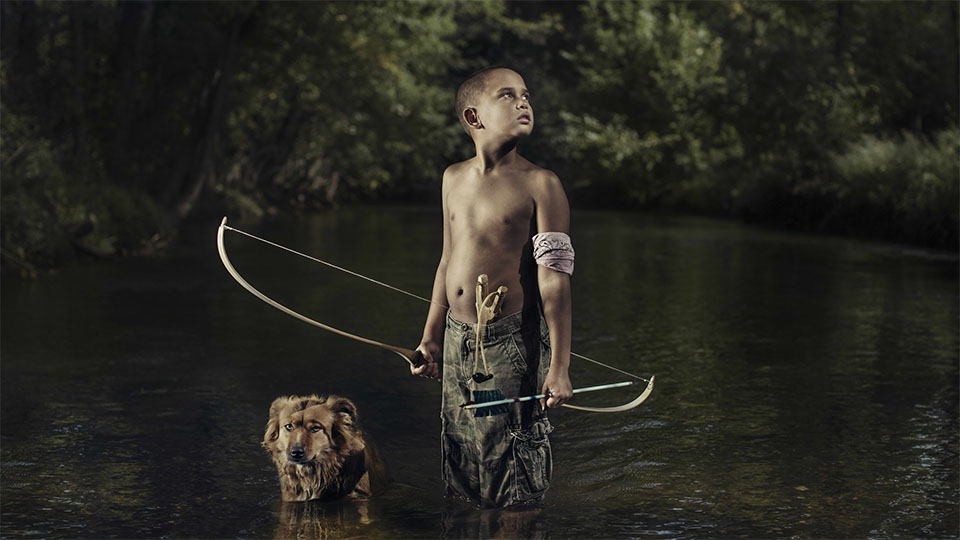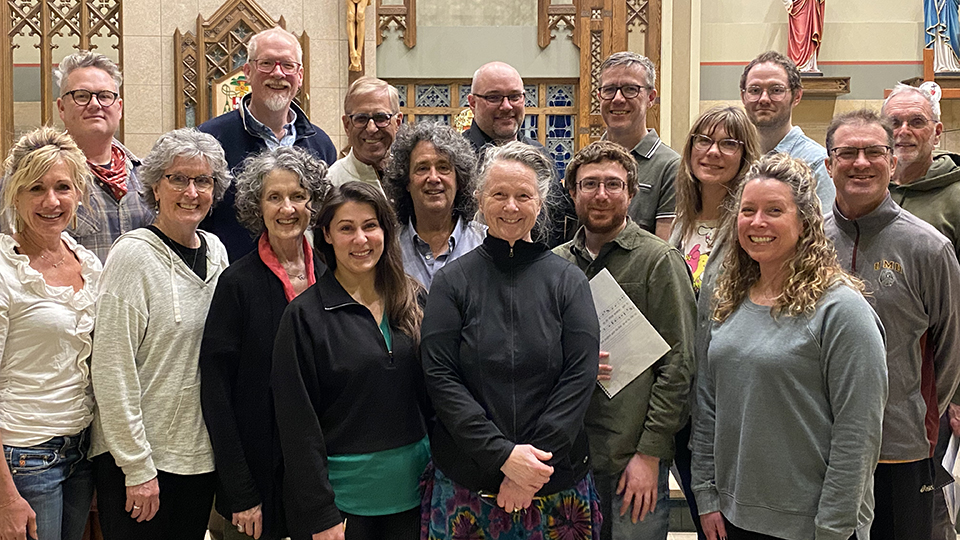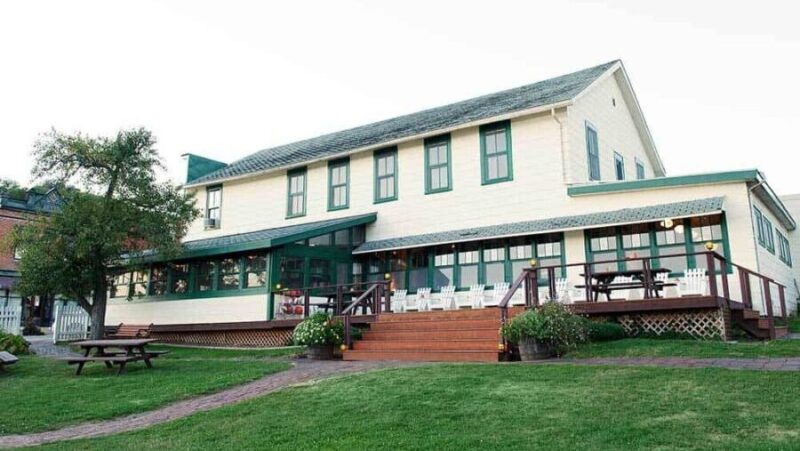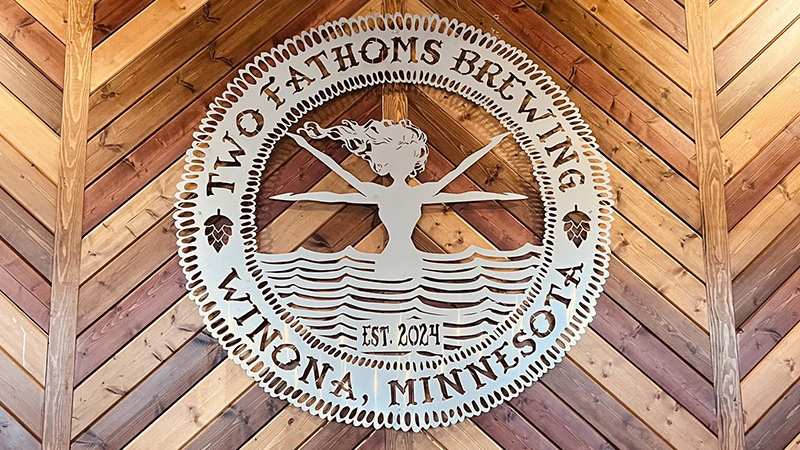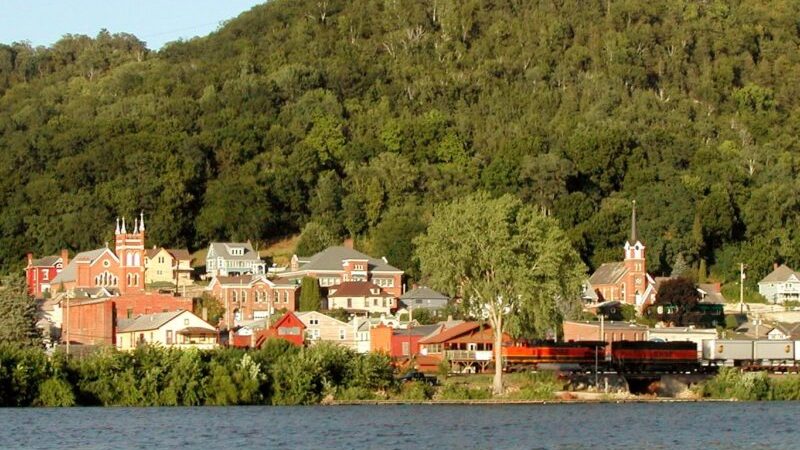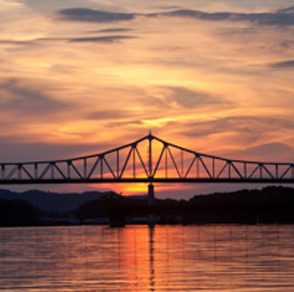NOLA.com’s article describes the history, significance, and challenges of the Upper Mississippi River National Wildlife and Fish Refuge, which celebrates its 100th anniversary. The refuge, established in 1924, spans 261 river miles from Wabasha, Minnesota, to Rock Island, Illinois, protecting over 240,000 acres of Mississippi River floodplain. It serves as a sanctuary for migratory birds, fish, and other wildlife, and is part of the U.S. network of 571 wildlife refuges primarily focused on conservation.
Sabrina Chandler, the refuge manager, reflects on her personal connection to the Mississippi River, contrasting her experiences of the river near its mouth in New Orleans with the serene and expansive views at the refuge. She emphasizes the beauty and ecological importance of the area, which provides habitat for a variety of species and offers recreational opportunities for people.
The refuge’s creation was largely due to the efforts of Will Dilg, a passionate conservationist and co-founder of the Izaak Walton League. In 1923, Dilg mobilized public support against a plan to drain part of the river’s floodplain for farmland, leading to the establishment of the refuge. Dilg’s leadership and advocacy are credited with preserving the area for wildlife and public enjoyment.
However, the refuge now faces new threats from habitat degradation, climate change, and reduced funding. Floodplain forests are dying due to more severe and prolonged flooding, and sediment accumulation is affecting fish habitats. Despite these challenges, the refuge remains a critical ecological and recreational resource.
Community members, such as Steve Marking and Barry Allen, share personal stories of how the refuge has shaped their lives and fostered a deep connection to the river. The refuge’s status as a Wetland of International Importance and a Globally Important Bird Area highlights its conservation value.
Brenda Kelly, a wildlife biologist, underscores the need for ongoing protection and management of the refuge to address environmental challenges. The article notes that despite budget cuts and staffing shortages, there are opportunities for improvement through funding from the Inflation Reduction Act and increased volunteer involvement.
Brian Vigue, freshwater policy director for Audubon Great Lakes, draws parallels between the refuge’s creation and the Seventh Generation principle, emphasizing the importance of long-term conservation planning. The story concludes by suggesting that the refuge’s establishment could serve as a model for modern conservation efforts.
A direct quote from the article encapsulates the dedication needed for conservation: “We’re thankful for conservation advocates like Will Dilg, who were just stubborn enough to make it happen,” Chandler said. “We are hoping for a new generation of those kinds of folks.”
original post on NOLA.com





















